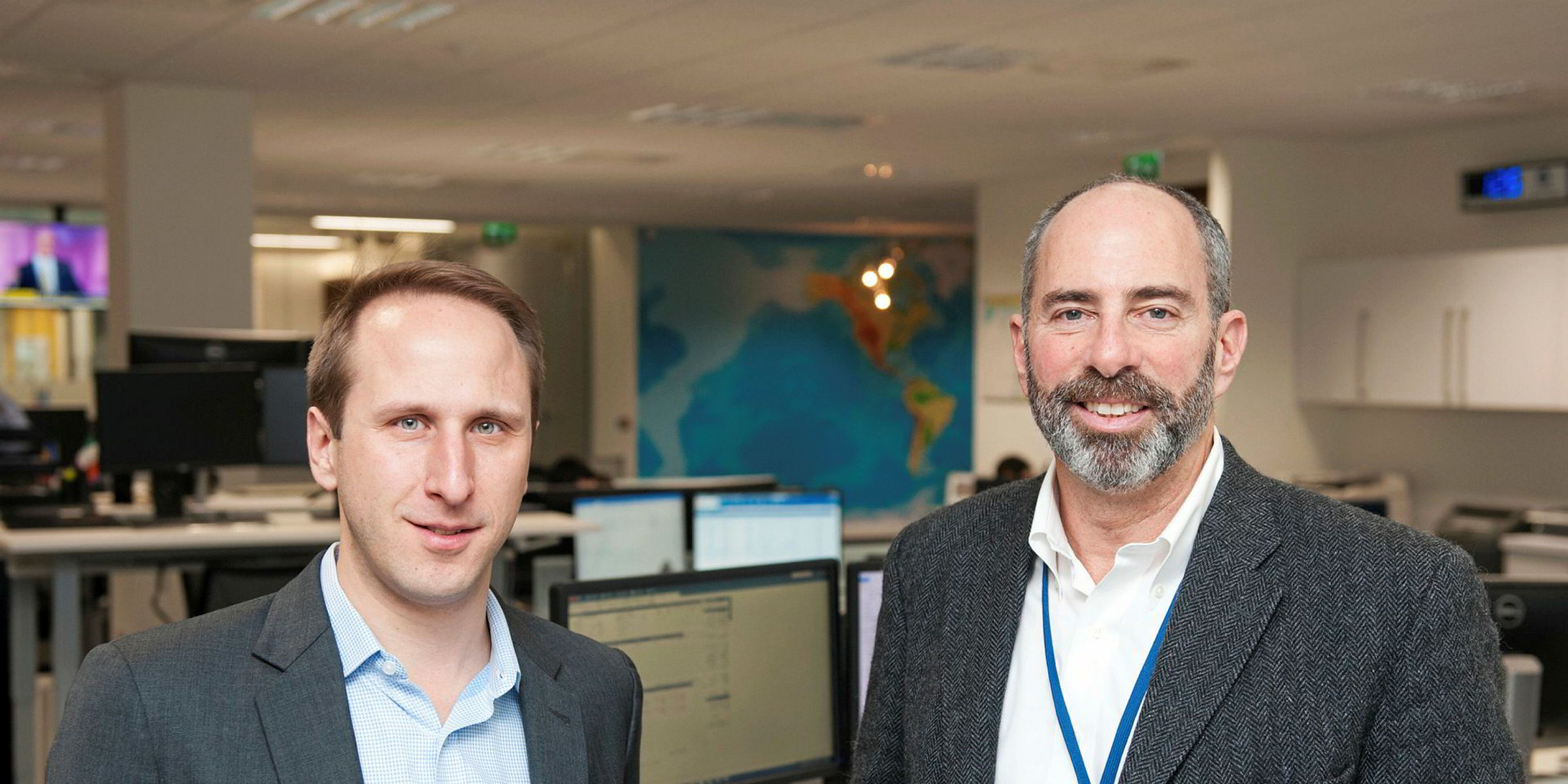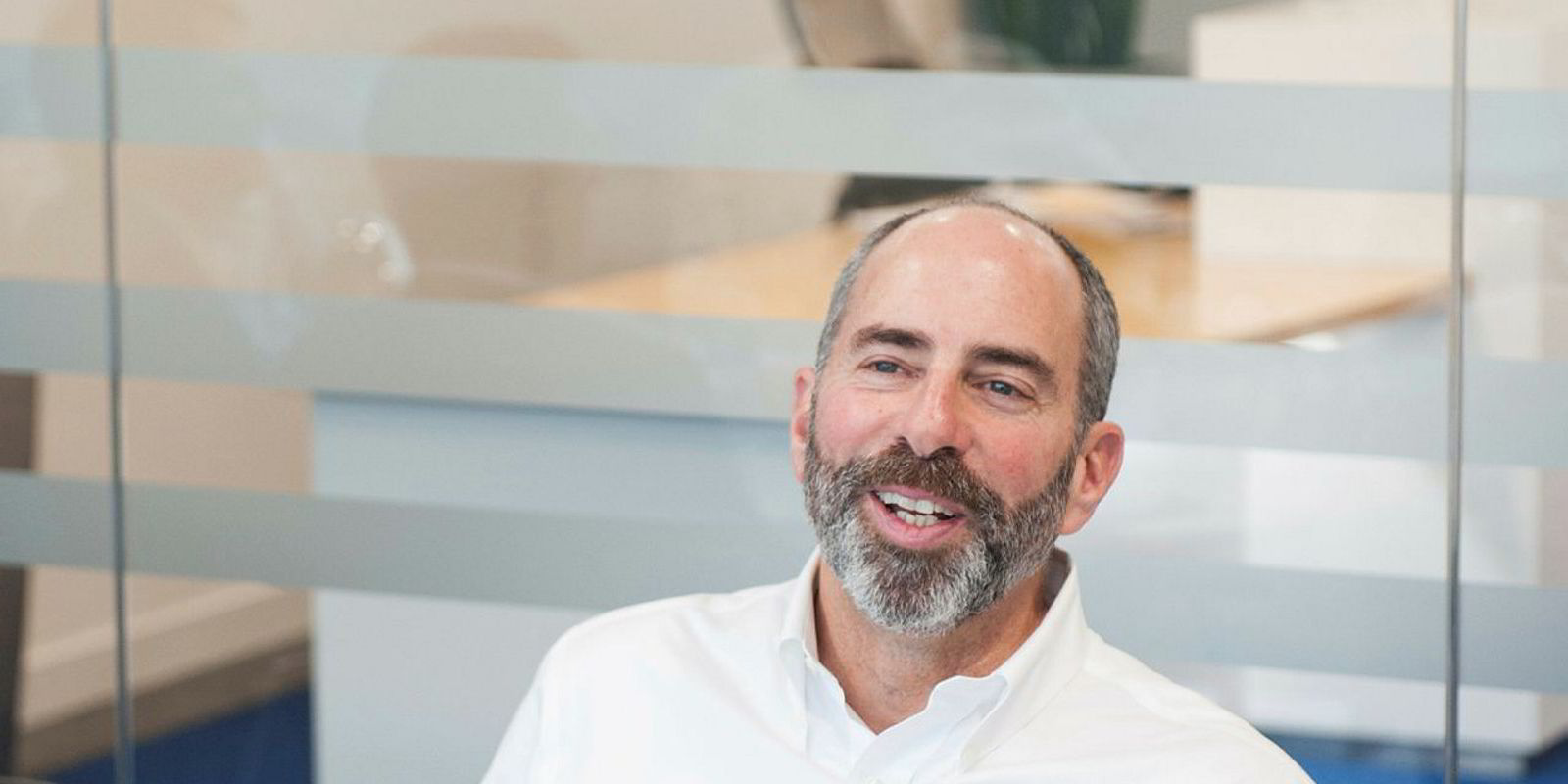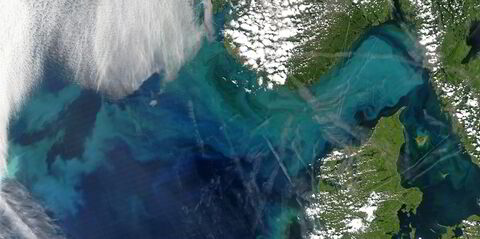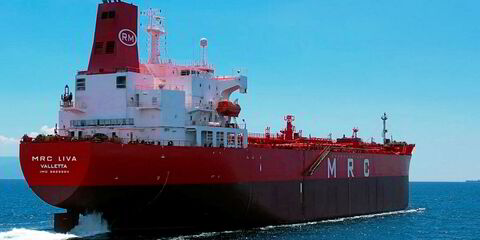Ardmore Shipping is relying less on pool operators to run its tankers as it readies for a recovery in the spot market.
In reporting its first-quarter loss, the Ireland-based owner and operator reported four vessels under pooling arrangements for the quarter, down from eight in the year-earlier period.
Meanwhile, vessels in the spot market reached 24 for the quarter versus 19 in the year earlier period.
Chief executive Anthony Gurnee says the company has developed a strong in-house team, leading by chartering chief Gernot Ruppelt, that it can trade its own ships. He told analysts that in-house management is increasingly the cheaper option for the company.
"It's gotten to the point where we have developed our own internal platform and can manage our own results," Gurnee said. "In shipping, you don't talk about the overhead too much, but cost-wise, our ability to manage in-house is two-thirds or less than paying pool fees."
The spot market looks set fair for the second half of this year, Gurnee says, thanks to increasing amounts of refined products in the market. Refinery throughput is expected to increase by 3.2 million barrels per day this summer, 1.3 million barrels per day more than average increase seen over the last five years.
Meanwhile, the lists of spot ships available for freight has been shortening in the Atlantic Basin, and "trending in right directon," Gurnee said.
He acknowledged that the MR market has "turned out to be an endurance test" for investors. But market forces are "now lining up in our favour and the wait may be over."
"We are poised to reach inflection point later this summer," Gurnee said.
Another inflection point should could be reached in mid-2019, ahead of the implementation of 2020 sulphur cap on shipping. Gurnee says fuel efficient, eco-design tankers will be in a pole position due to the switch to more expensive, low sulphur bunker. Moreover, the need to bring low-sulphur from location to another will be a boost to clean tankers.
Weighing in on the scrubber debate, Gurnee said that they make sense for much larger ships that trade on regular routes that can ensure adequate supply of 3.5% bunker fuel at both ends.
But clean tankers may not be the best candidates for the technology due to size constraints and their varied trading patterns.
"I am only aware of four MRs being fitted with scrubbers," Gurnee said.




